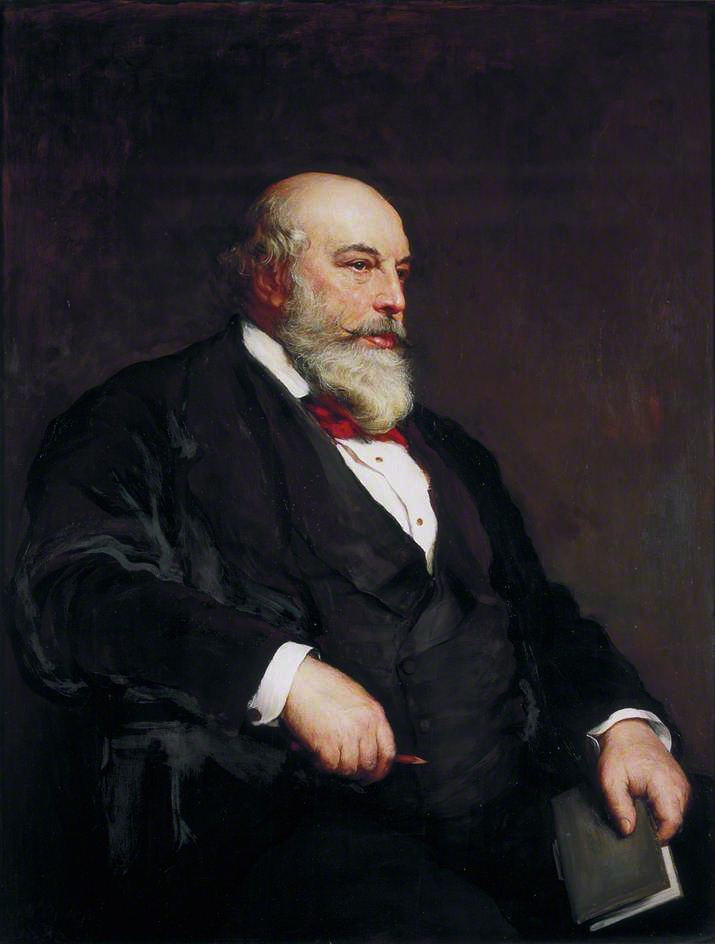Name Horace Jones | Role Architect | |
 | ||
Died May 21, 1887, Marylebone, United Kingdom Structures Similar People John Wolfe Barry, John Mowlem, Giles Gilbert Scott, George Dance the Younger | ||
Horace jones and the mighty jubilaires
Sir Horace Jones (20 May 1819 – 21 May 1887) was an English architect particularly noted for his work as Architect and Surveyor to the City of London from 1864 until his death. He served as president of the Royal Institute of British Architects from 1882 until 1884, and was knighted in 1886. His most recognised work, Tower Bridge, was completed posthumously.
Contents

Biography
The son of David Jones, attorney, by Sarah Lydia Shephard, Jones was born at 15 Size Lane, Bucklersbury, London. He was articled to John Wallen, architect and surveyor, of 16 Aldermanbury, and subsequently in 1841-42 travelled to Italy and Greece studying ancient architecture.
In 1843 he commenced practice as an architect at 16 Furnival's Inn, Holborn. Beginning with Cardiff Town Hall (c. 1850-53) and Caversham Park (from c. 1850), he designed and carried out many buildings of importance, soon concentrating on London. He was surveyor for the Duke of Buckingham's Tufnell Park estate, for the Barnard estate, and the Bethnal Green estate.
On 26 February 1864 he was elected architect and surveyor to the City of London, succeeding James Bunstone Bunning. Jones completed projects begun by his predecessor, such as the City Lunatic Asylum at Dartford, and was in charge of several renovations and additions to the Guildhall. He designed and built some of London's most famous markets, in particular Smithfield, Billingsgate and Leadenhall. He also designed the memorial at Temple Bar, replacing Wren's arch which was a notorious traffic obstacle.
Jones' final legacy is one of the most recognised buildings in the world, Tower Bridge. It was designed in collaboration with the civil engineer John Wolfe Barry, who was brought in as an expert to devise the mechanism for the bascule bridge. Following Jones' death during the initial stages of construction, the execution lay in the hands of Barry.
Jones became an associate of the Royal Institute of British Architects in 1842, a fellow in 1855 and served as the Institute's president from 1882 to 1883. He was knighted on On 30 July 1886. He wasa freemason, and from 1882 until his death was Grand Superintendent of Works.
Jones married Ann Elizabeth Patch, the daughter of John Patch, a barrister, on 15 April 1875. He died at 30 Devonshire Place, Portland Place, London, on 21 May 1887, and was buried in West Norwood Cemetery on 27 May. A portrait of Jones by Walter William Ouless RA was exhibited at the Royal Academy Exhibition in 1887.
Works
All in London unless otherwise stated.
